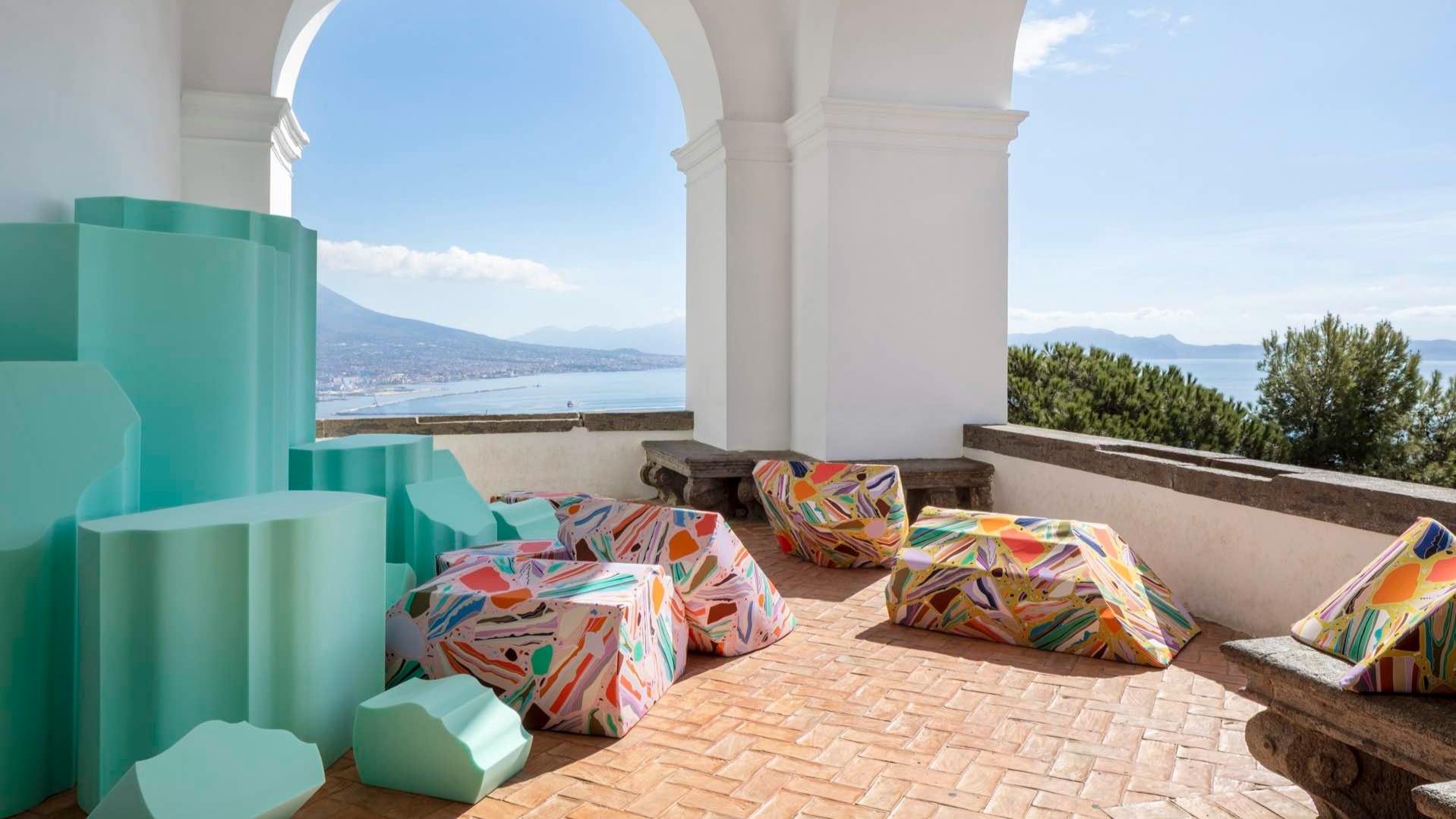last updated
in News

Passports at the ready as Wallpaper* maps out the year’s best design fairs, from established fixtures to new arrivals.
By Ali Morris Published

With major new institutions gearing up to open their doors, it is set to be a big year in the art world. Here is what to look out for
By Annie Downes Published

A Clapham house keeps a low profile in south London, at once merging with its environment and making a bold, modern statement; we revisit a story from the Wallpaper* archives
By Ellie Stathaki Published